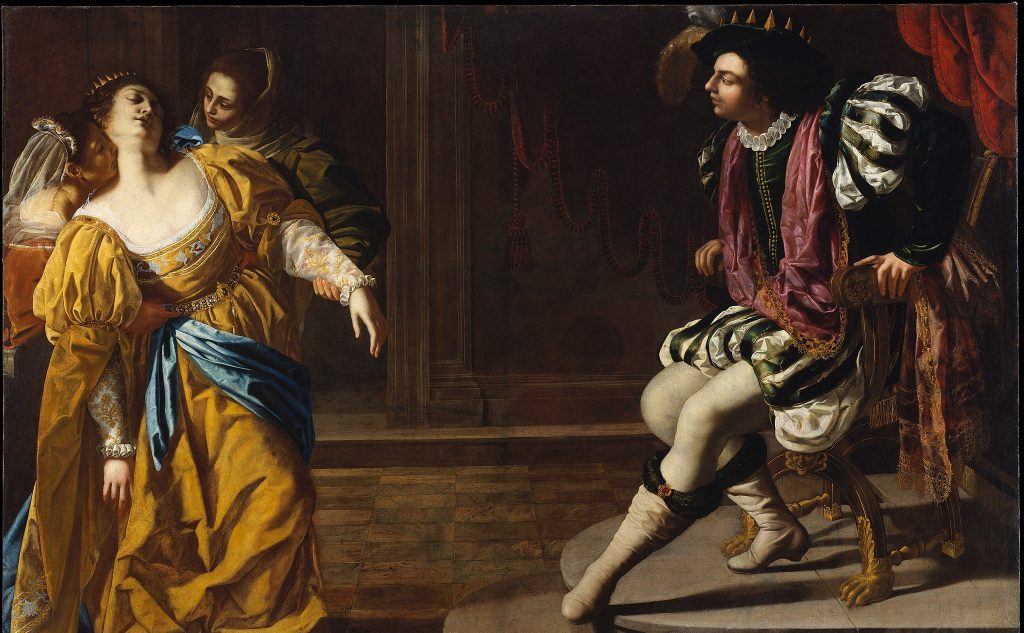
Art Appreciation – November/December 2023
I wonder how many female artists you are able to name. And then, how many female artists would you be able to name who were practising before the late 19th century? I suspect that the first list might include Berthe Morisot, Freida Kahlo, Gwen John, Barbara Hepworth, Bridget Riley, Tracey Emin and perhaps Mary Cassat. Very few of us would get into double figures. Most people would struggle to name any artist in the second category but might, eventually, come up with the name Artemisia Gentileschi.
At our November meeting, David Gearing aimed to put this right by showing that there were, in fact, a number of significant female artists at work before the 19th century. Although their talent was unusually recognised in their own life times, in many cases their lives and work have been lost in time, obscured and denied recognition, perhaps because of their gender.
David selected six female artists at work in the 17th century. The Italian painter Fede Galizia produced still-lifes, portraits and religious pictures. Joan Carlile was was one of the first British women known to practise painting professionally, specialising in portraits. The Dutch painter, Judith Leyster, produced genre works, portraits and still lifes. Her work was highly regarded by her contemporaries, but largely forgotten after her death. Shockingly, but perhaps not too surprisingly, her entire oeuvre came to be attributed to the more celebrated artist Franz Hals or to her husband. Mary Beale was an English portrait painter who was part of a small band of female professional artists working in London. She was more than an ‘amateur’ artist as she became the main financial provider for her family through her professional work. Elisabetta Sirani was an Italian Baroque painter and printmaker who died in unexplained circumstances at the age of 27. She was one of the first women artists in early modern Bologna, who established an academy for other women artists.
By contrast, Artemisia Gentileschi is now recognised as a major painter whose works stands alongside the great artists of the period. Her life story is a graphic demonstration of the challenges facing a woman in 17th century Italy – and also resonates with the lives of women today. She was raped and unable to find justice, with the perpetrator able to evade punishment even though his guilt was clearly established in court. This experience clearly influenced much of her work, and can especially be seen in works such as Susanna and the Elders or Judith and Holofernes. Her paintings frequently challenge the conventional representations of women; they lacked the stereotypical “feminine” traits – sensitivity, timidness, and weakness – and were courageous, rebellious, and powerful personalities.
Our next meeting on Tuesday 12th December will be very different. Members are invited to choose a cartoon or illustration, perhaps with a light-hearted theme for our last meeting before Christmas.
Lynne Vick, Convenor
